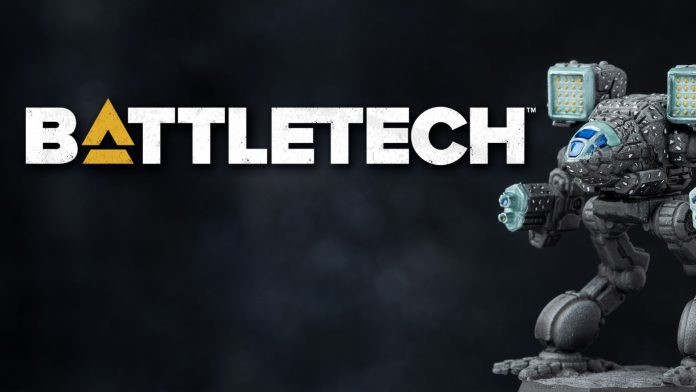Battletech can be a byzantine game to understand sometimes. In the 40 years of this game being around, they have released hundreds of units with thousands of variants, and in order to force some order out of the chaos, all of those units and variants are assigned a role. A unit’s role suggests what that unit is supposed to do, and how it is supposed to be used. The role also serves as an equivalent to Warhammer’s Force Org types, in that certain formations require a given amount of units with a specific role. Formations and Roles are core rules in Alpha Strike, but are technically optional in Battletech, serving more as a guideline on how to use a unit. I will only be covering the roles for Ground Units in this article, as Air Units are a bit of a rules nightmare and I do not recommend them to new players.
An important thing to remember before we get started is that roles have a lot of variation within them. Different units in each role with go about their role in a different way. The Awesome and Griffin are both Snipers, but are both massively different in the way they go about Sniping. A unit’s role doesn’t permanently lock it into only doing a specific thing either. There are times that your Strikers should hang back, or that your Missile Boats need to close in and brawl with the enemy. Another note is that each unit, particularly ‘Mechs, will have variants that are different roles from each other. The Catapult C1 is a Missile Boat but the Catapult K2 is a Sniper, for example. So if you particularly like a specific ‘Mech, but need a specific role, you can probably find a variant of that ‘Mech to fill that role.
The roles, in alphabetical order, are:
AMBUSHER

Ambushers are slow, cheap, lightly armored units, typically with short range. Most Infantry are Ambushers, as are vehicles like the Hetzer or SRM carrier, and ‘Mechs like the Urbanmech. Most Ambushers are slow assets that can do a huge amount of damage, assuming that they can stay out of sight until the enemy gets within range. Positioning is key to using Ambushers, as in an open field battle they will be outranged and quickly destroyed. There isn’t an experienced player on the planet who doesn’t have a story of an Urbanmech or Hetzer one-shotting something that weighs and costs 3 times as much as it with a lucky headshot.
BRAWLER
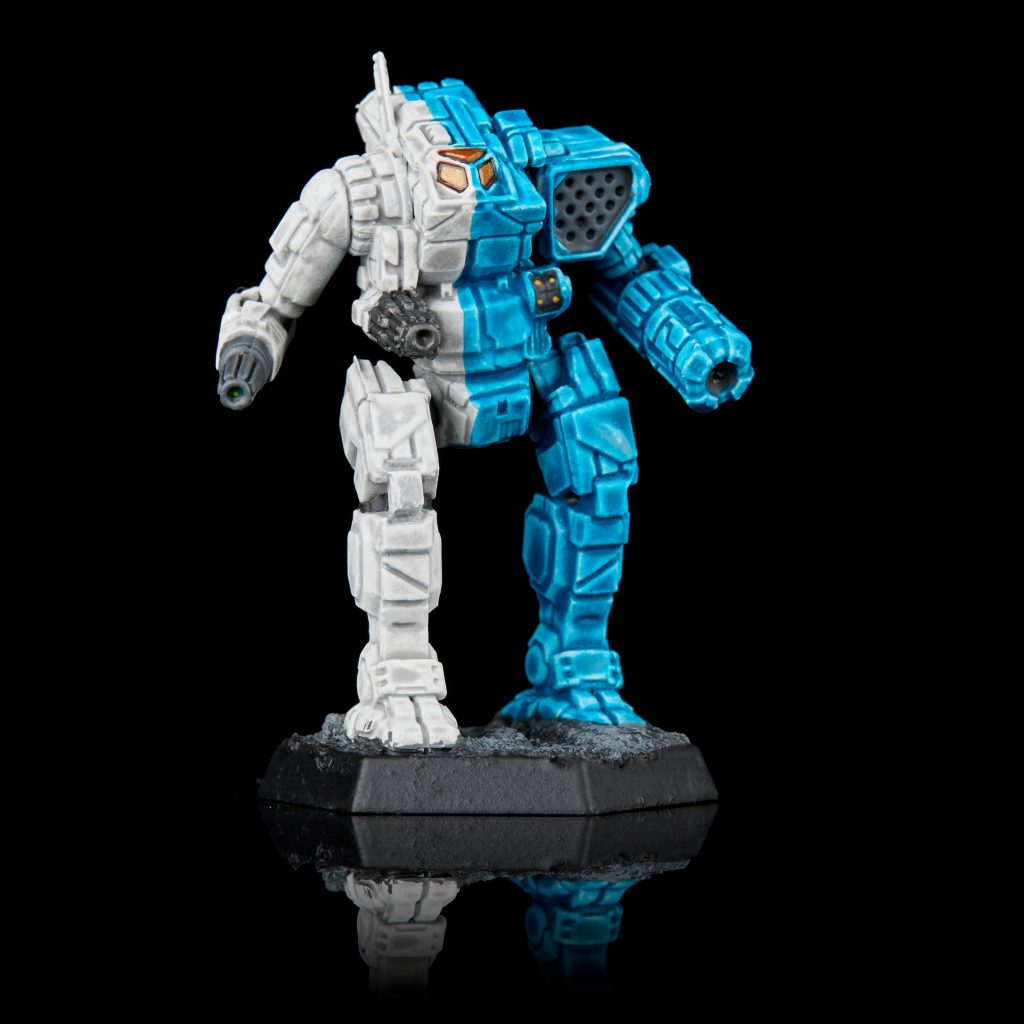
Brawlers are mid speed, mid armor units that can engage targets at most ranges adequately, though not well. A common fan term for this role is “Trooper”, being a ‘Mech or asset that can perform adequately in any situation, though not as well as a more specialized unit. Brawlers can be counted on in any situation, and are very beginner friendly as a result. A huge portion of the iconic ‘Mechs of the Succession Wars, such as the Warhammer, Thunderbolt, Orion, and Centurion, are all Brawlers. There is a very good chance that the core of your force will be made up of Brawlers, and you are never disappointed to have one.
JUGGERNAUT

Juggernauts are slow, heavily armored, heavily armed line-holders that tend to be best used at short range. They act as an anchor which the rest of your force can use to tether itself, as Juggernauts tend to require a titanic amount of firepower to take down. This armor is the main difference between a Juggernaut and an Ambusher. Where the Ambusher needs to hide due to its thin armor, the Juggernaut can often walk directly towards the enemy until it is in range with its guns. These tend to be the most popular “Mechs with new players, as they are forgiving of mistakes due to their innate survivability. ‘Mechs such as the Atlas, the Stalker, and the Fafnir are great examples of Juggernauts. These are very popular as ‘Mechs to put your force commander in, in scenarios where that is important, and that is their best role.
MISSILE BOAT
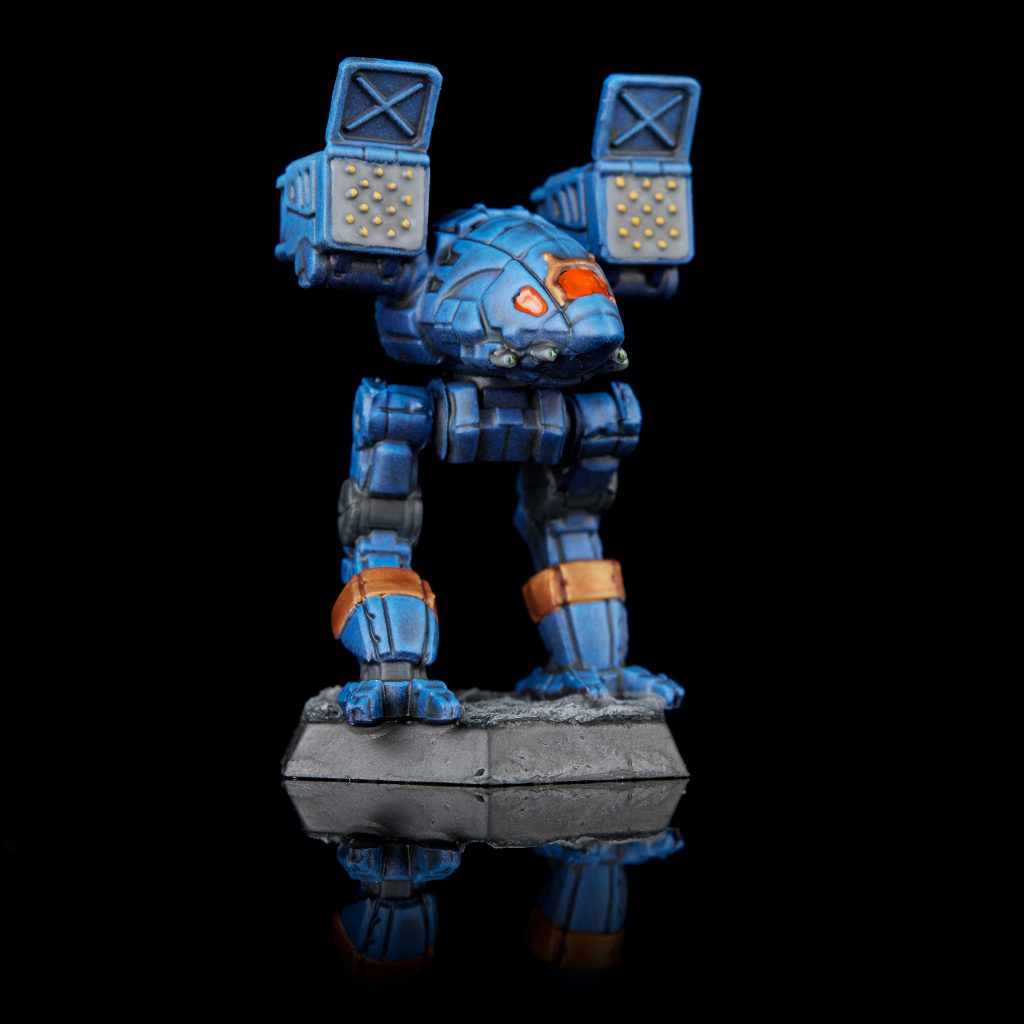
Missile Boats are a little less obvious than the others. In Battletech, “Boat” is a term used to refer to a unit with a huge amount of a specific weapon. A Missile Boat is a unit that carries many Long Ranged Missile launchers, or very large ones. They have no patterns in terms of armoring or speed, with the slow and fragile LRM Carrier sharing this role with the durable and mid speed Archer and the incredibly fast and phenomenally fragile 3M Locust variant. The only common trait among units of this type is huge amounts of Long Ranged Missiles for their weight. This does mean that these units are capable of Indirect Fire, and can do a lot of damage from very far away. They tend to sacrifice close ranged defense, but there are exceptions, such as most Clan Missile Boats. The Catapult, Archer, Crusader, Longbow, Vulture and LRM Carrier are all examples of Missile Boat units.
SCOUT

Scouts are fast, lightly armored for their weight, and tend to be lightly armed. The purpose of a Scout unit is to spot for indirect fire, bully Missile Boats and Snipers, and perform mission objectives. Scouts can also boost the initiative of your force, and tend to carry advanced electronics and specialized gear that can boost the effectiveness of other units in your force, such as NARC beacons or ECM suites. They also tend to come very cheap, and can overwhelm larger ‘Mechs with sheer numbers. ’Mechs such as the Raven, Locust, Stinger, and Wasp are Scouts. Most forces will want scout ‘Mechs, particularly forces that include Missile Boats.
SKIRMISHER
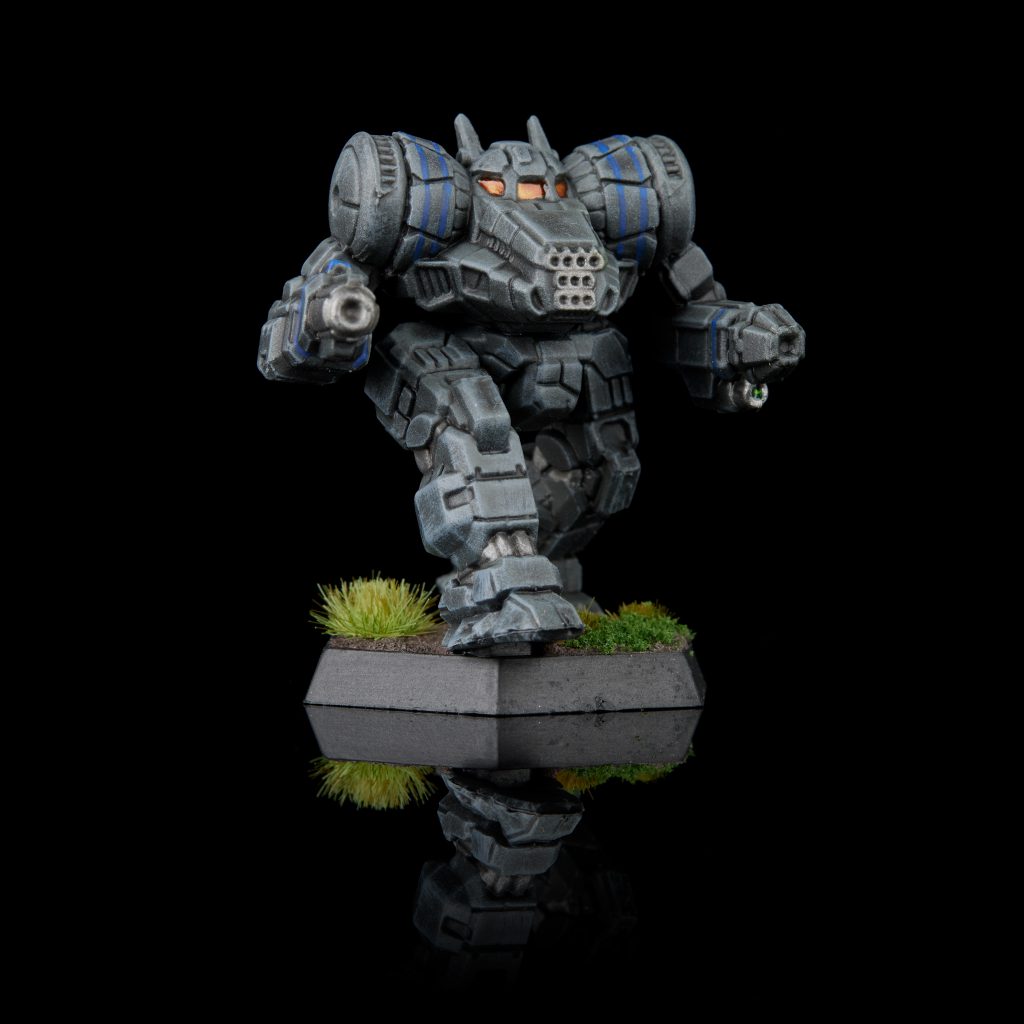
Skirmishers are fast, maneuverable, adequately armored, and moderately armed for their weight. This role tends to skew heavier than you might think, as durability is a big part of the identity of a Skirmisher. These units tend to perform best at close to medium range, using their speed to flank heavier units, and their armor and guns to shove around lighter units. A common saying with these units is that they are “Fast enough to outrun anything they can’t outshoot”, which sums up how you should be using them pretty well. Skirmishers are great at picking their battles and can easily dictate engagements with enemy units. The Victor, Wolverine, Dragon, and (almighty) Grasshopper are examples of Skirmishers. These tend to be my personal favorite units to use.
SNIPER
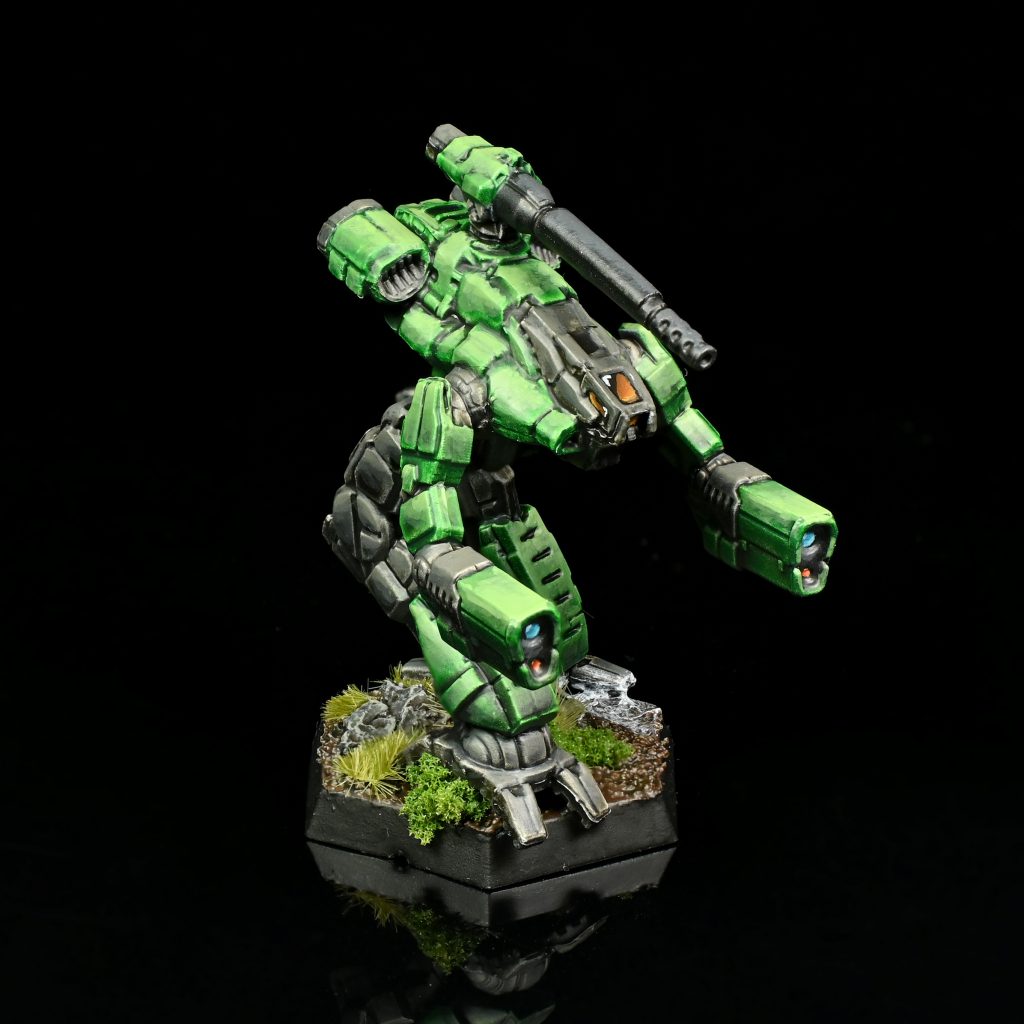
Snipers are similar to Missile Boats in a lot of ways, with the main difference being that Snipers rely on high damage, direct fire weapons as opposed to indirect fire Long Ranged Missiles. Snipers tend to use Autocannons and PPCs to do their jobs and prefer to hang back at a distance and shoot priority targets that stick their heads out of cover. Snipers are less reliant on Scouts than Missile Boats are, but they tend to have lower potential damage. The Awesome, Marauder, Rifleman, and Griffin are all examples of Snipers. Much like Missile Boats, there isn’t much linking these units beyond a long range focus, with the Awesome being well armored to the point of being almost a long ranged Juggernaut, the Rifleman has thin armor and doesn’t enjoy sustained combat, and the Griffin is a fast, maneuverable unit that can be a little more active with it’s fire support.
STRIKER
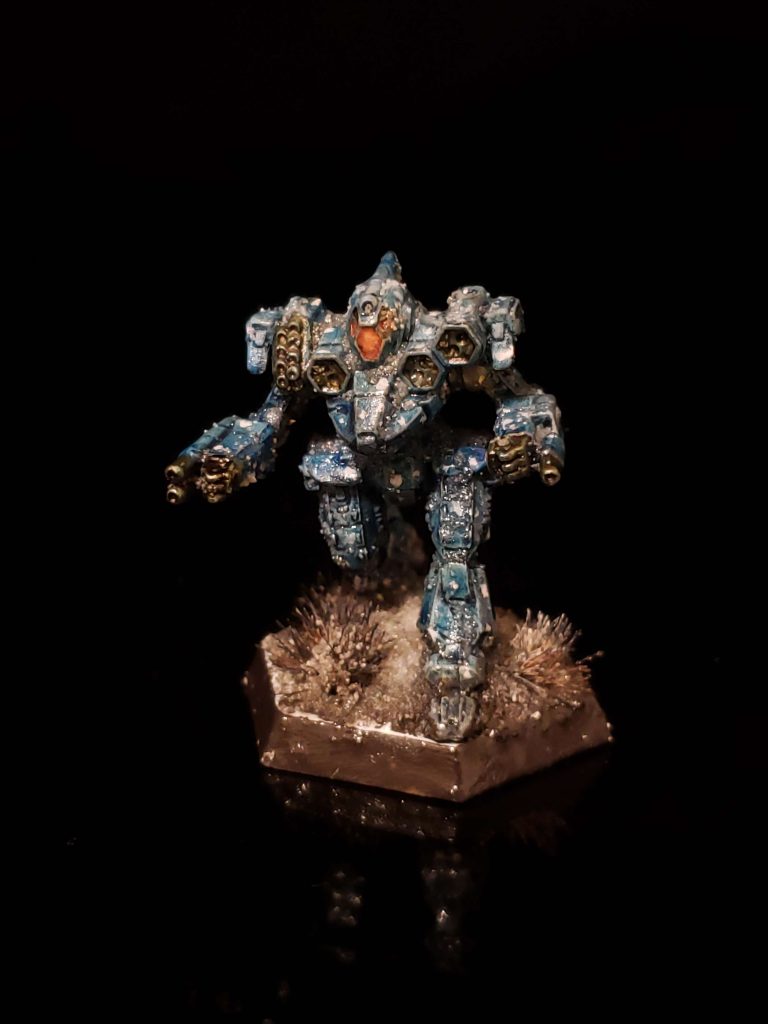
Another favorite of mine, Strikers are fast, lightly armored, and heavily armed for their speed. They tend to die fast and do a lot of damage on the way out. Good movement is critical for Strikers, as they need to leverage their superior speed into superior positions to fire from, and will die just as fast as an Ambusher if stationary in the open. Units such as the Jenner, Commando, Javelin, and Clint are Strikers, unified in thin armor, big engines, and far too many guns for their weight. Strikers work very well in combination with Skirmishers, with Skirmishers acting as excellent commanders for formations made of Strikers.
CONCLUSION
The huge range of units available to your force is a huge part of Battletech’s appeal. Each unit is different and everyone will quickly develop both favorites and unfavorites for one reason or another. Roles act as an important tool for new players, as they let you know the sort of thing you should do with each unit. For more experienced players and players of Alpha Strike, they dictate which formations you can build and what special rules you can use. Everyone will find some roles they prefer to use and others that they have difficulty with, which is inevitable with this many units and this many options. I hope this helped give a brief explanation of what the different roles are supposed to do. The game is tough and having a vague idea of what to do when you play with a new unit can really help.
